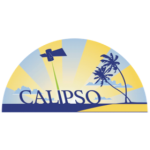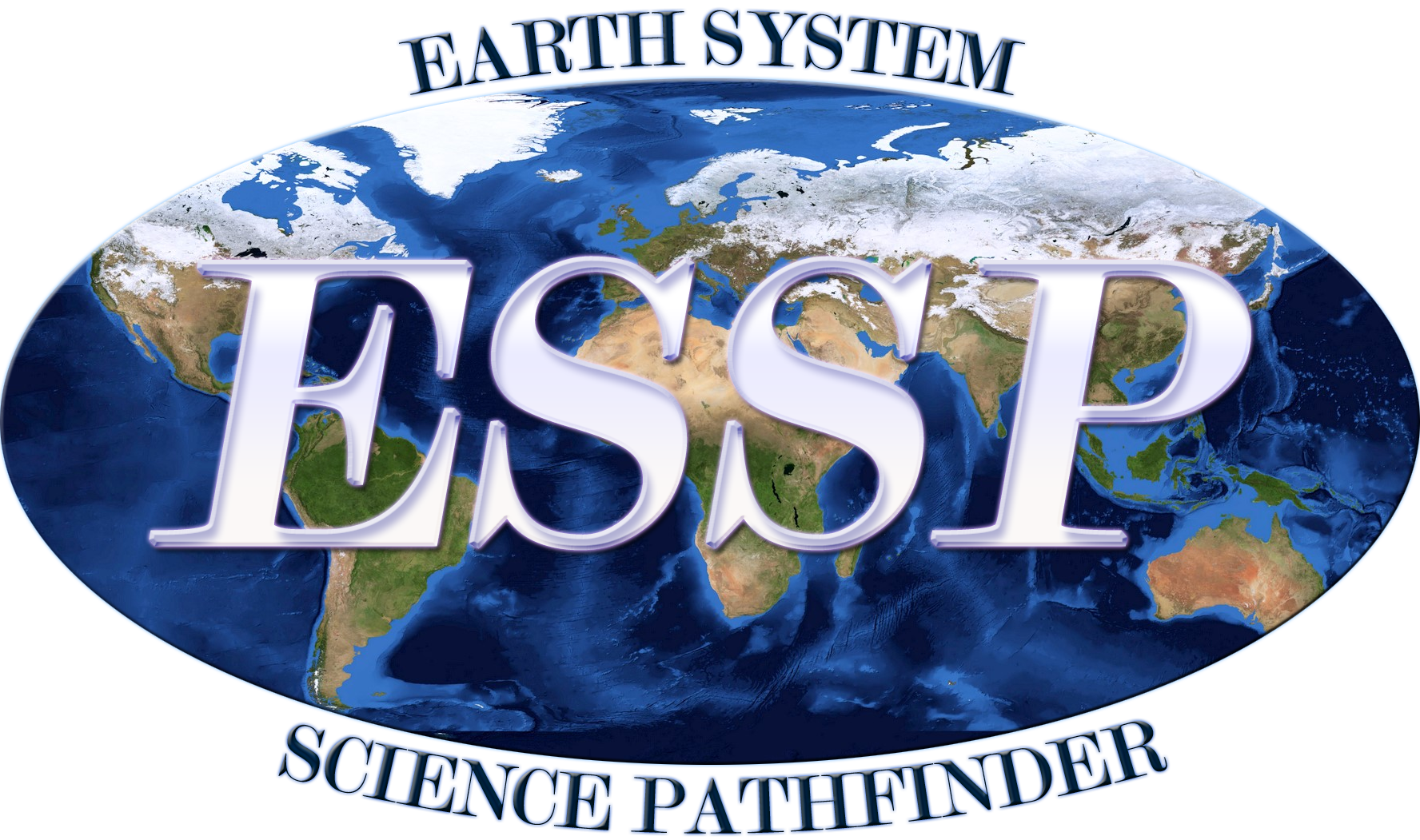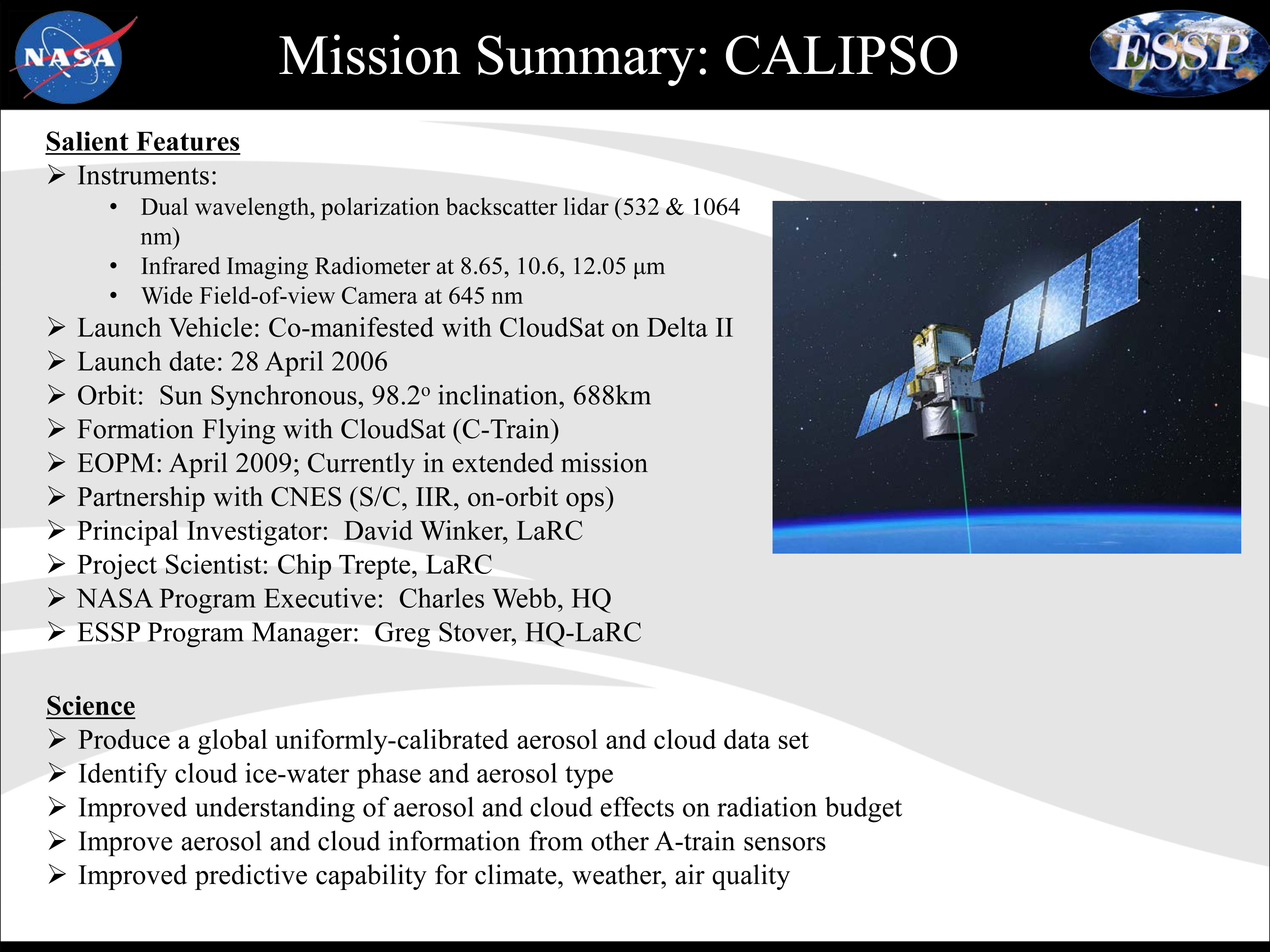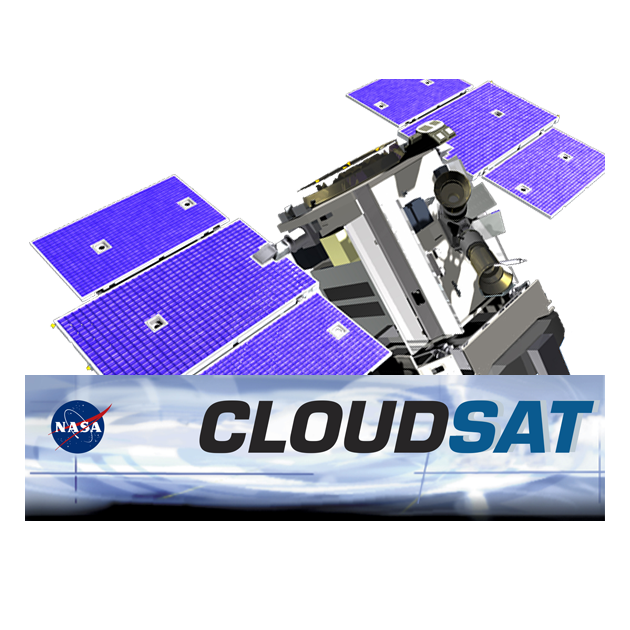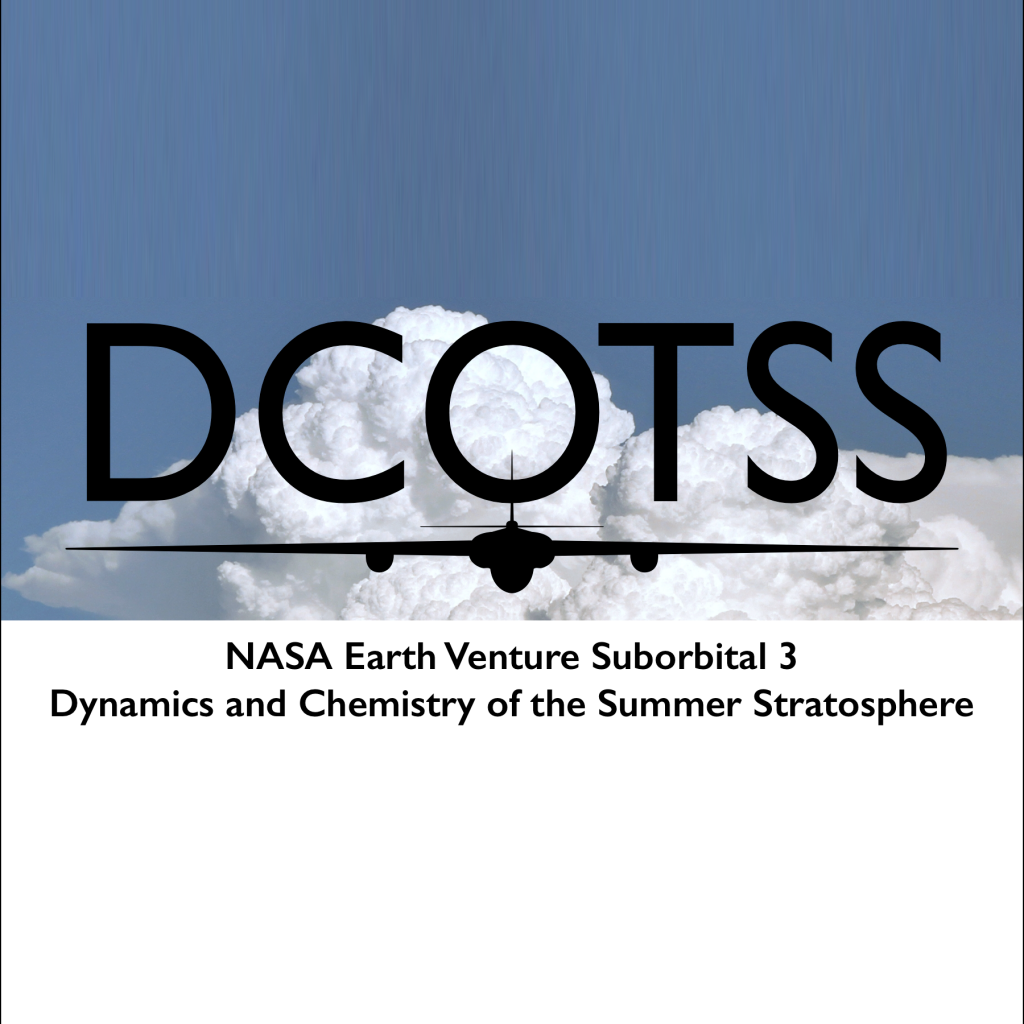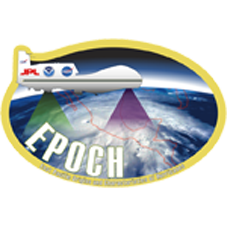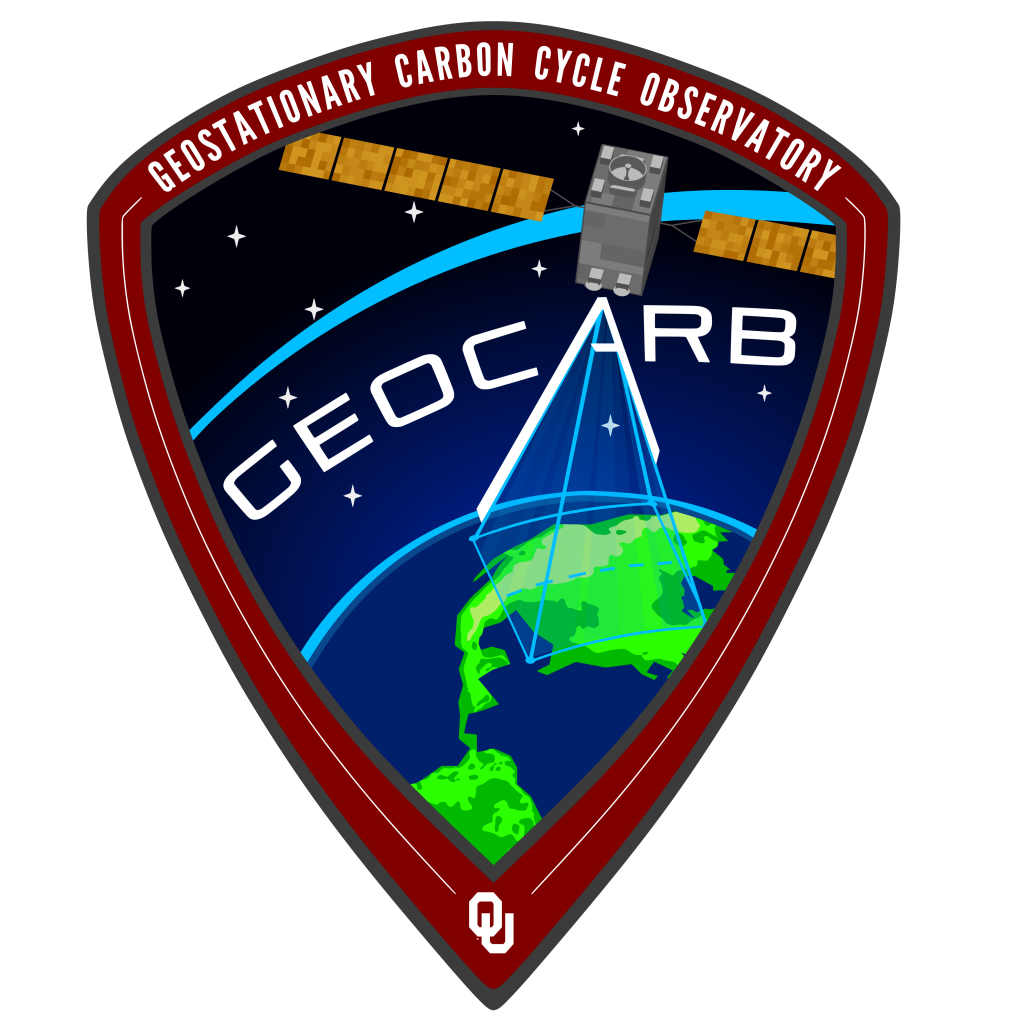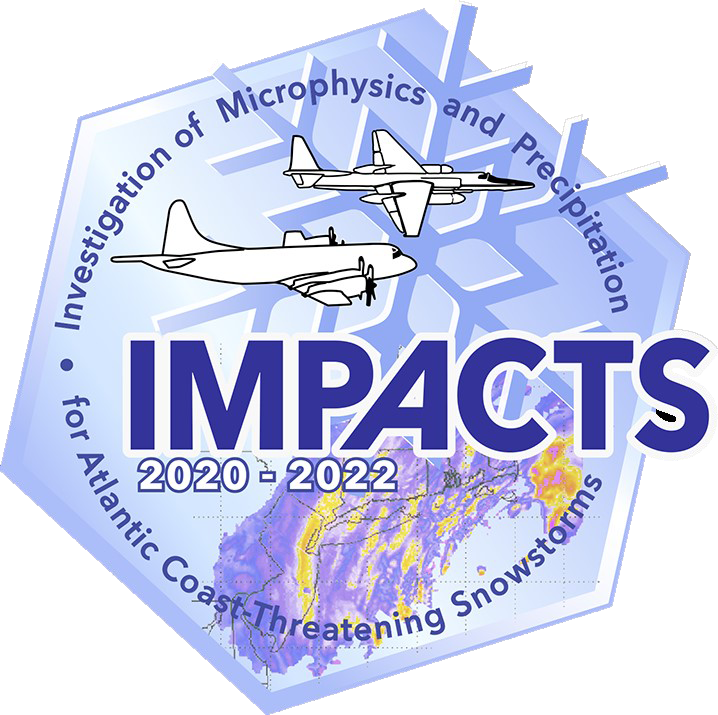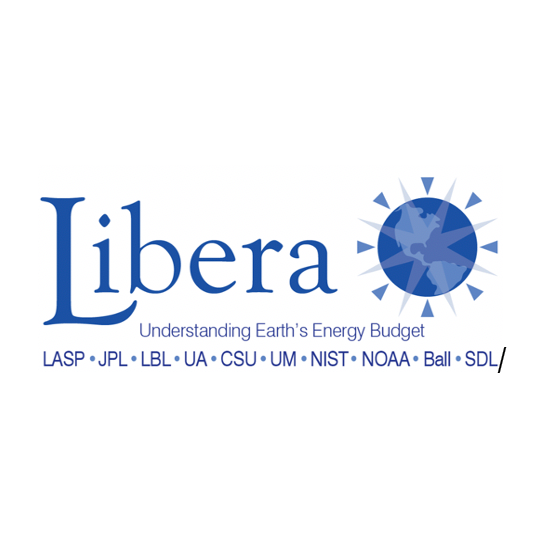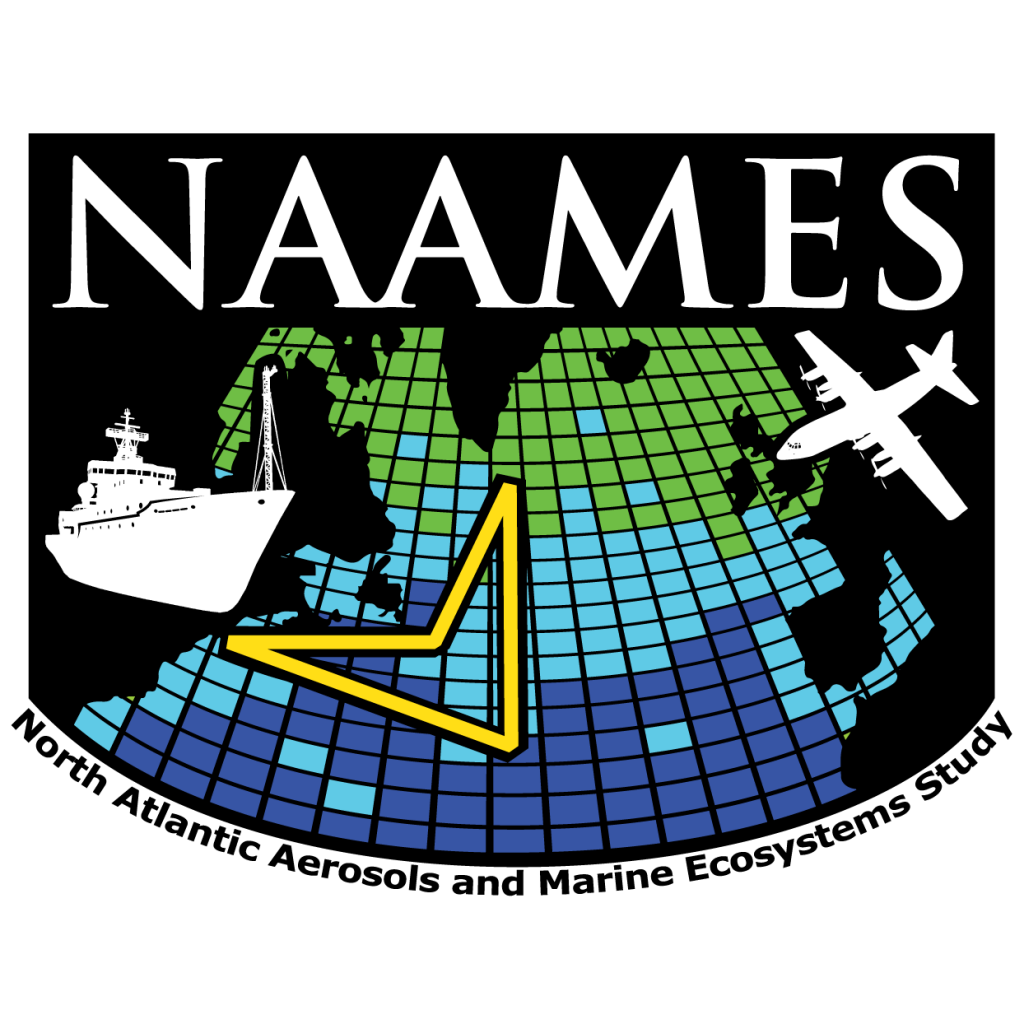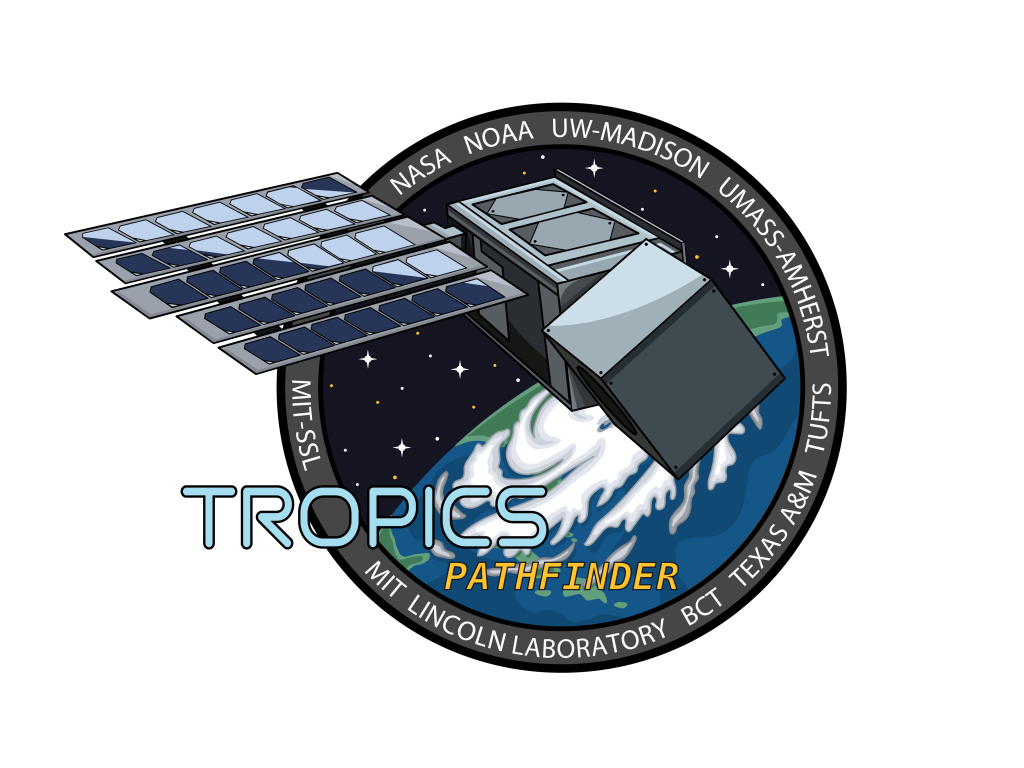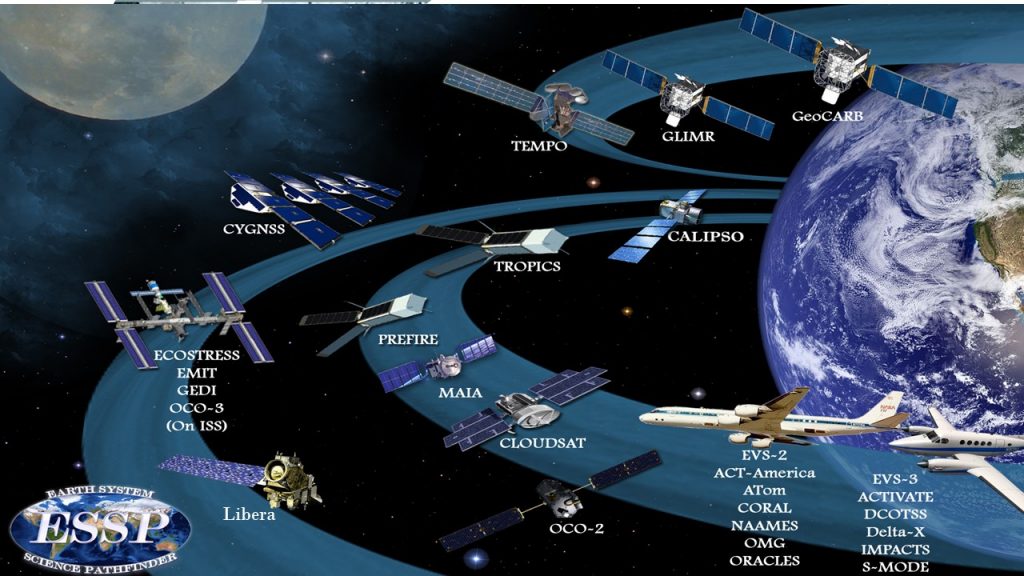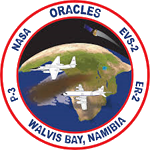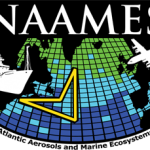
North Atlantic Aerosols and Marine Ecosystems Study (NAAMES)
Tracking plankton ecosystems to rescue the balance between our sky and ocean
https://naames.larc.nasa.gov/
http://www.journalistatsea.com/
Predict change, manage Earth’s resources and mitigate impacts,…no this isn’t the new SimCity, this is the story of Plankton and NASA’s NAAMES project
Plankton are a vital food source for ocean life and also a key indicator of climate change. Plankton are very sensitive to the temperature of the ocean, so while plankton can impact the climate, the climate can also impact plankton. So, what makes plankton bloom every year, what determines the size and duration of blooms, how do they impact the atmosphere? How will the warming surface ocean temperatures predicted to happen over the 21st century threaten plankton life? Can we change our future with the most productive ocean ecosystem on Earth?
“Our environment is changing. Our climate is changing. Ocean ecosystems are directly linked to climate. It’s hard to imagine that organisms you can’t see make a difference, but they really do.” – Mike Behrenfeld, NAAMES principal investigator, Oregon State University
The NAAMES investigation aimed to find out how the atmosphere and the ocean are intertwined through that ultimate connector, plankton. Gases and aerosols from plankton are released into the atmosphere and become the seeds of clouds. Because marine clouds are an important part of the Earth’s climate, understanding why and how plankton blooms happen, and how they influence clouds, can help us understand the Earth’s climate.
NAAMES consisted of four joint ship and aircraft field campaigns from 2015-2018 that were each performed at a specific time of the year to target different parts of the annual plankton cycle. Ship-based measurements were taken to learn about how much and what types of plankton were present at different times of the year, how fast they lived and died, and how plankton changed the ocean source of gases and aerosols. Measurements from the overflying aircraft were taken to see how aerosol concentrations varied in the overlying air and how efficiently the aerosols seeded cloud formation. The collected data was studied to help us better understand this beautiful relationship between Plankton and clouds. You can predict climate future and societal impacts with NAAMES. Come take a journey with us!
https://naames.larc.nasa.gov/video/NAAMESoverview.mp4
Related Projects
